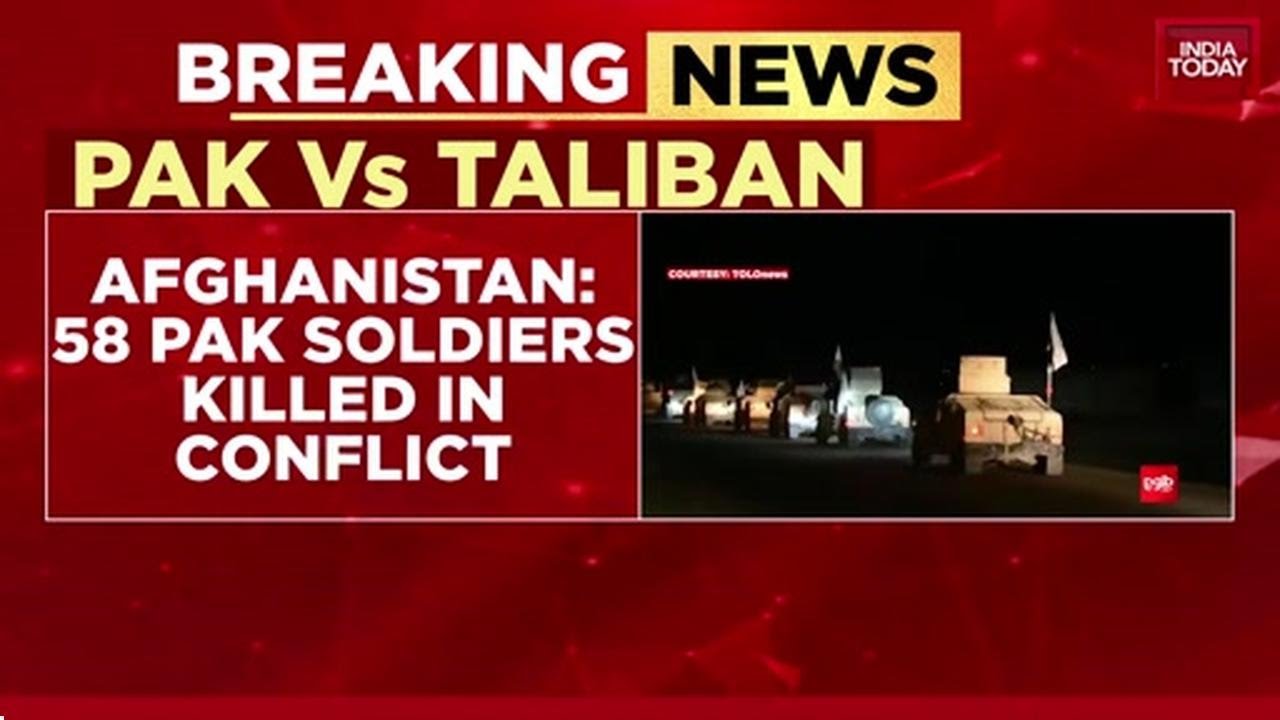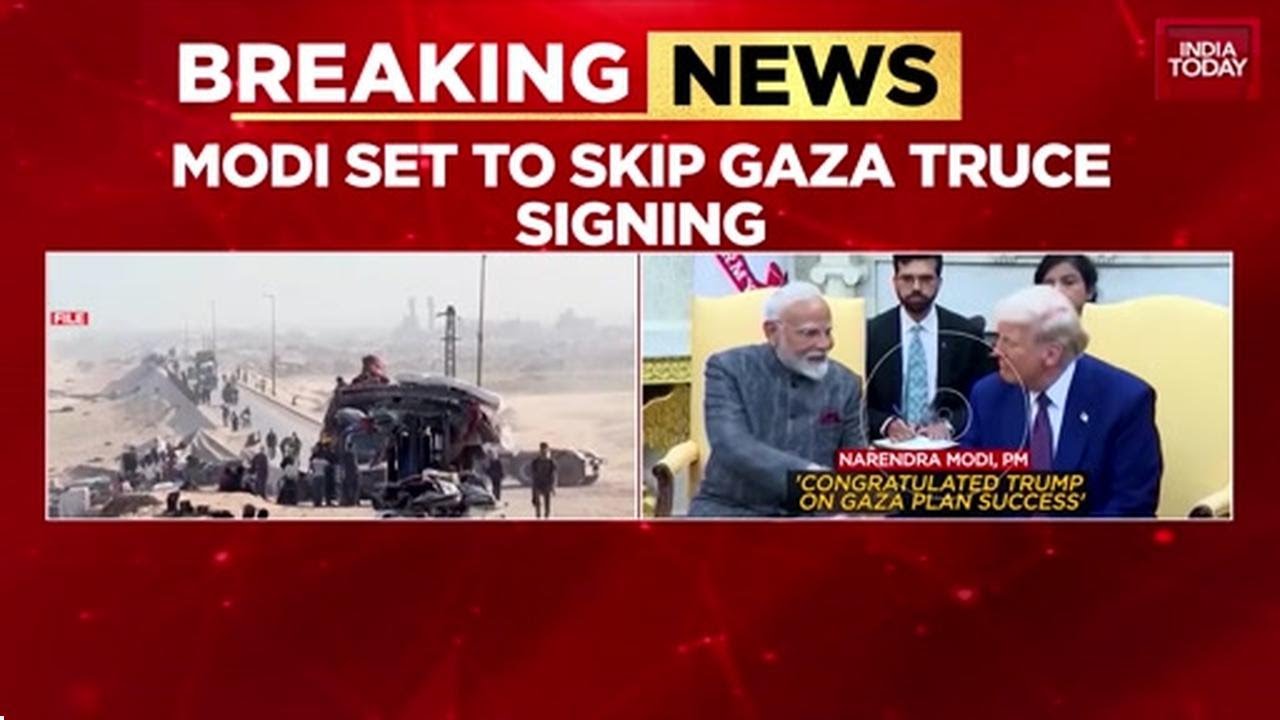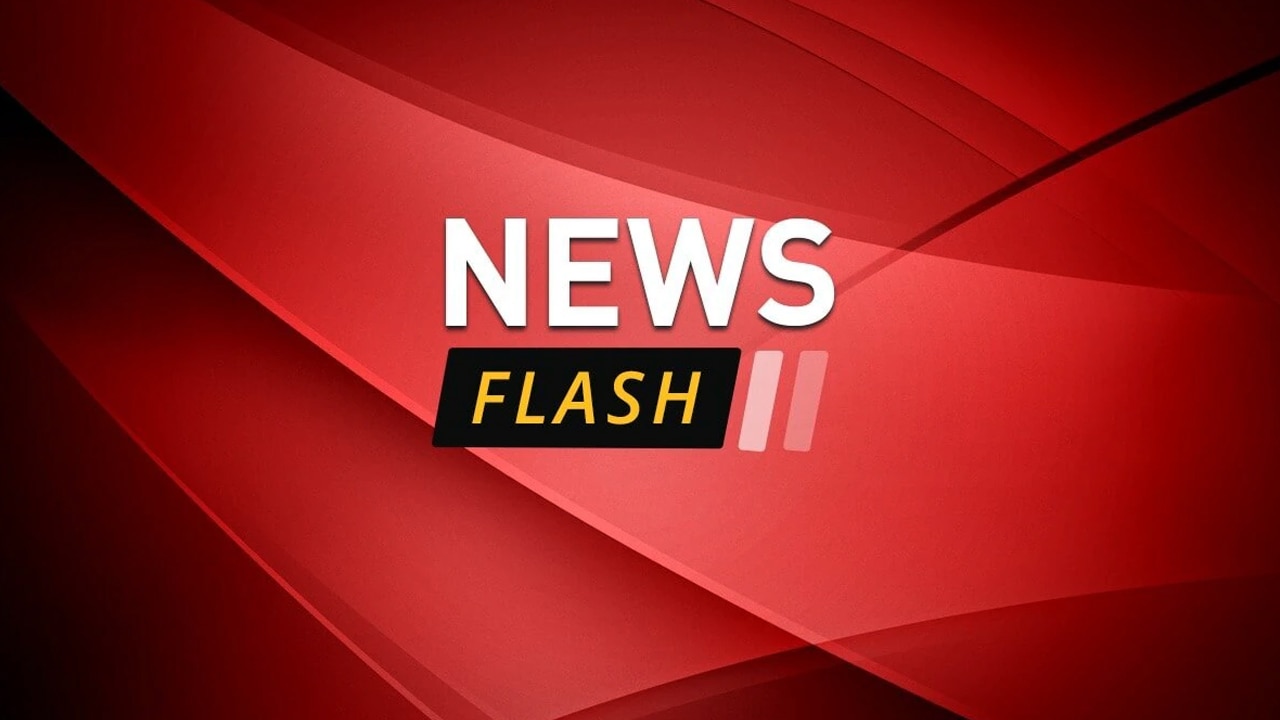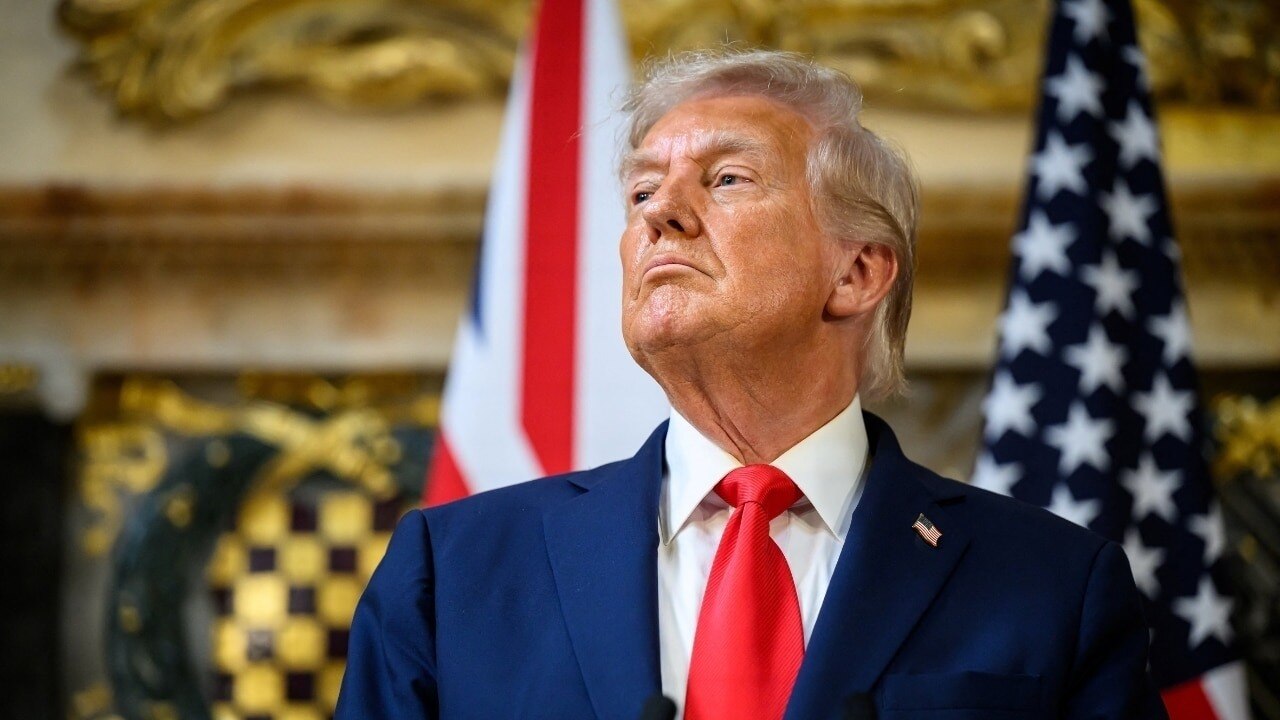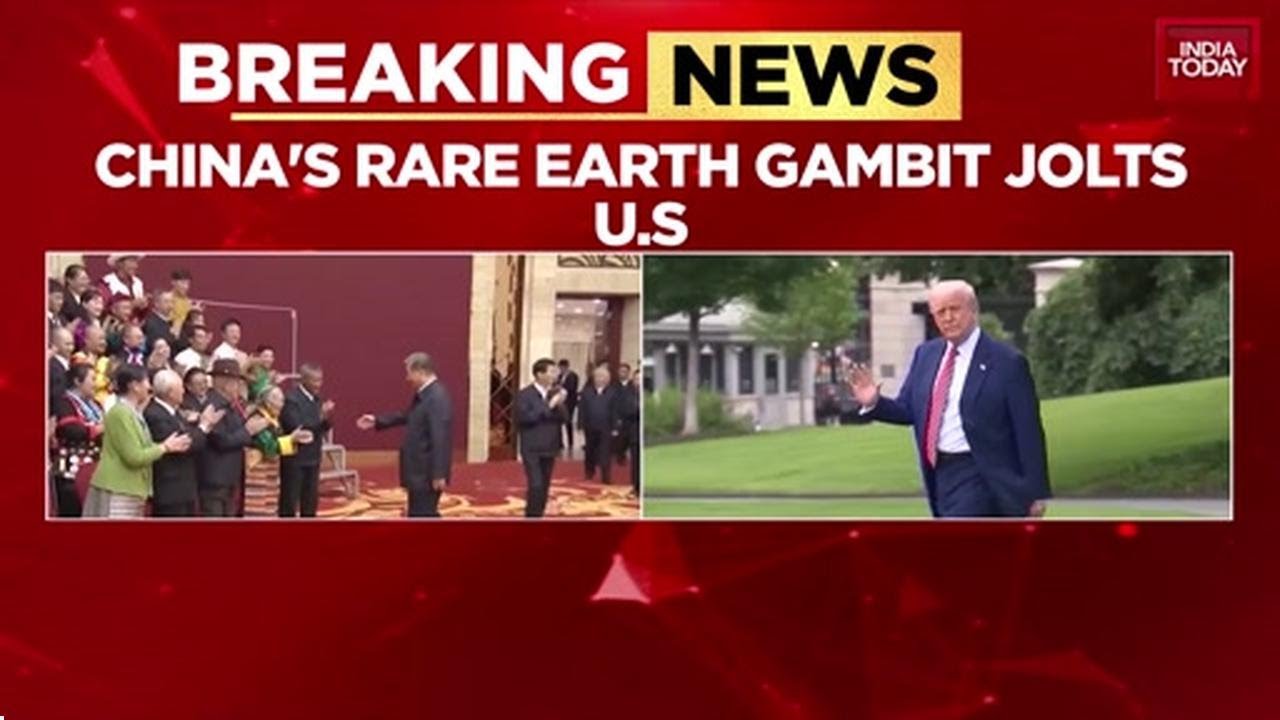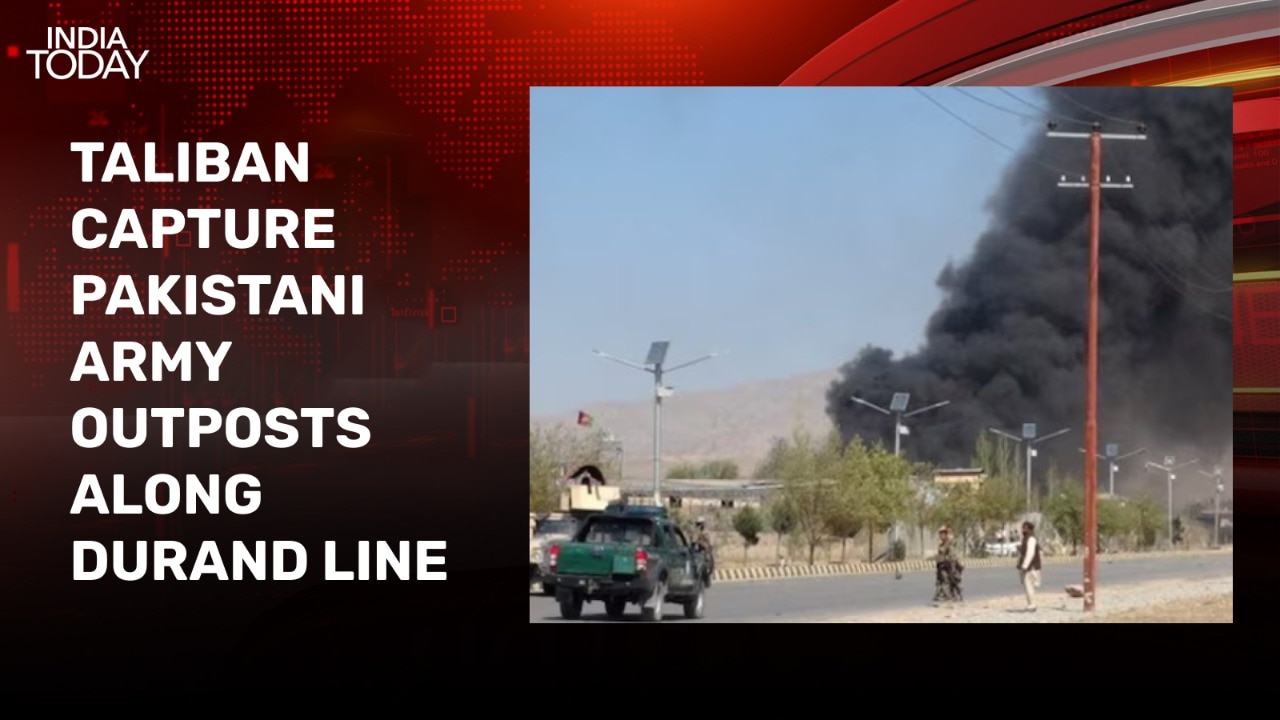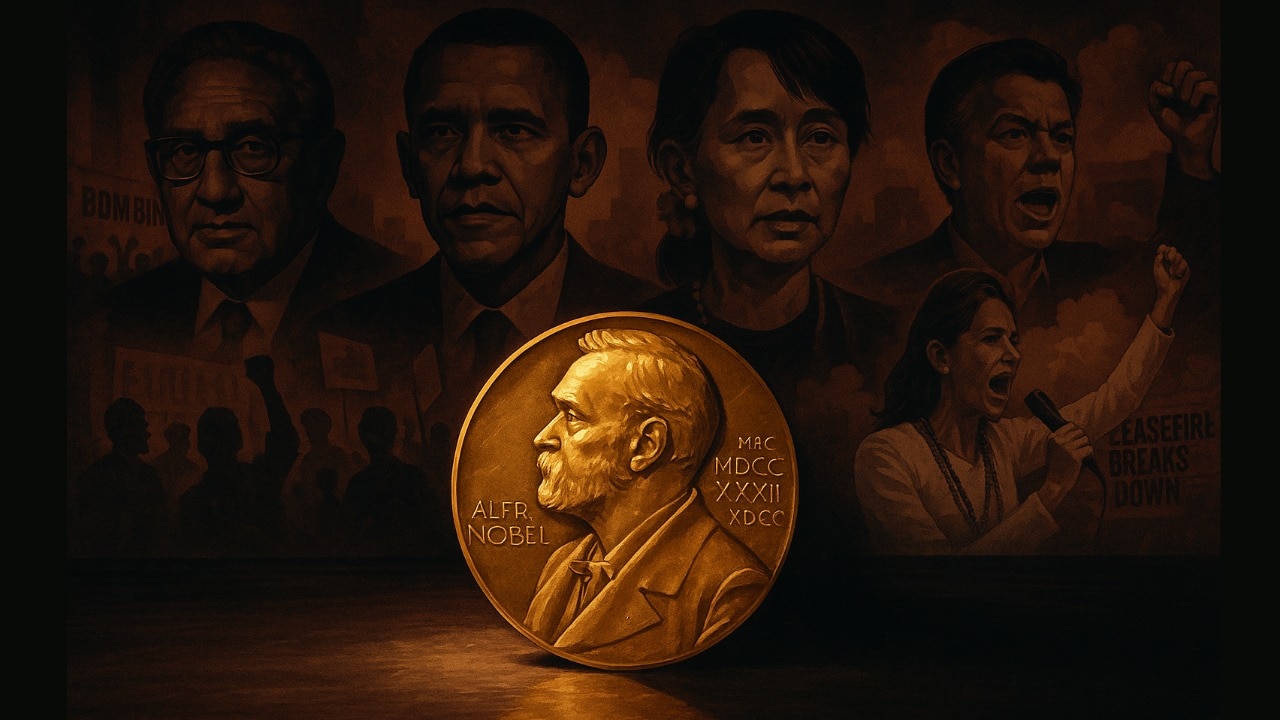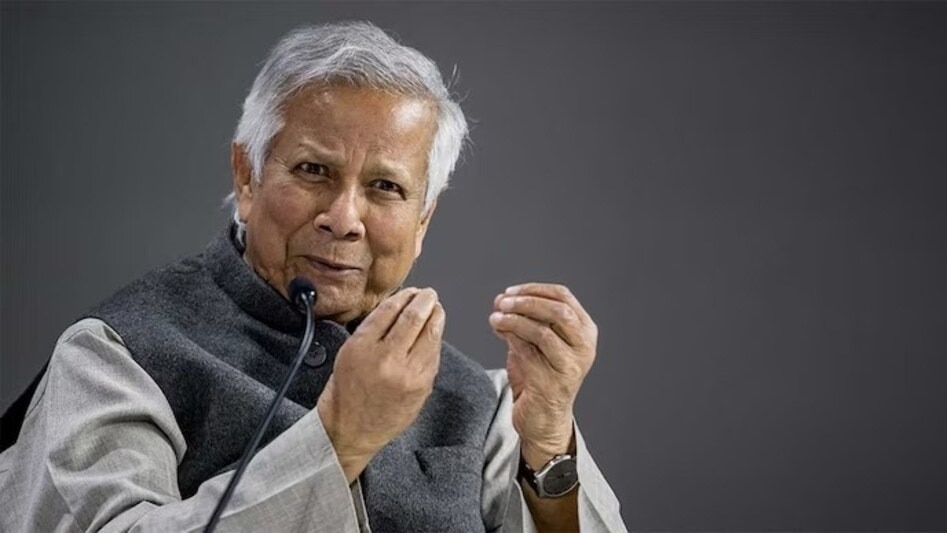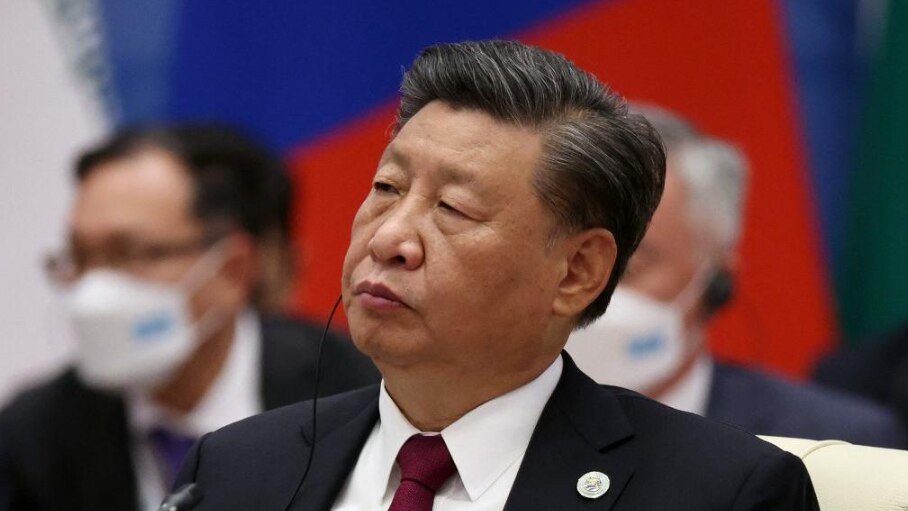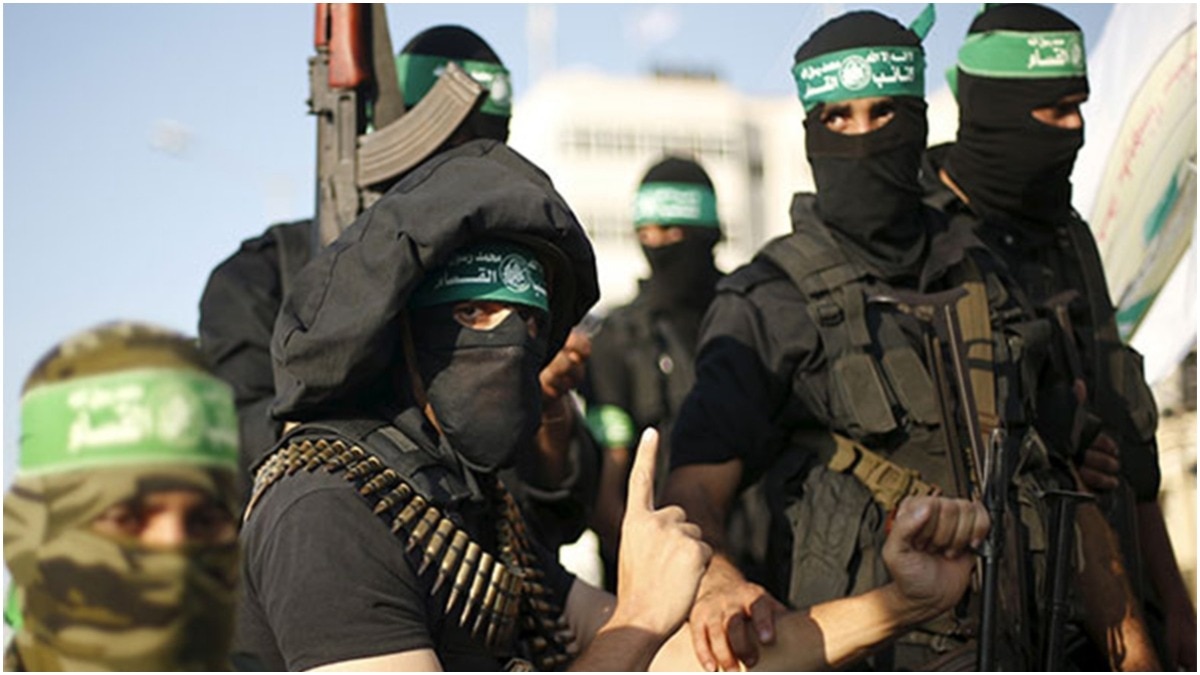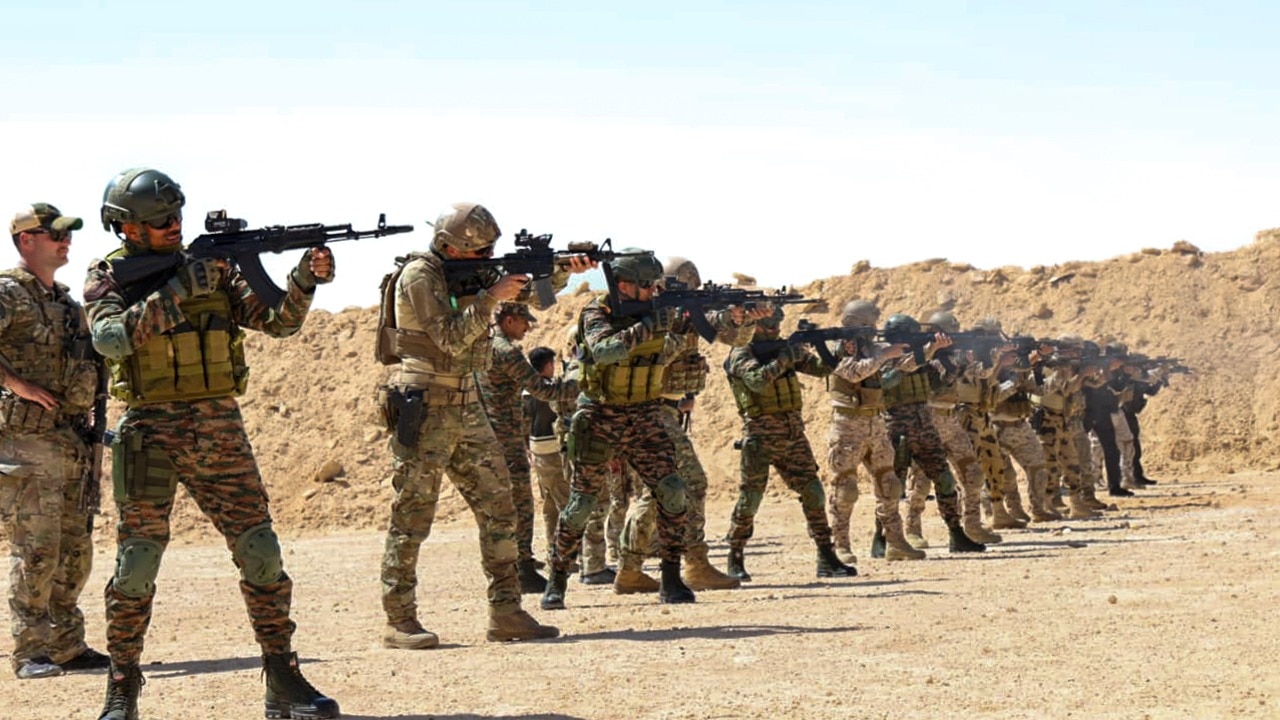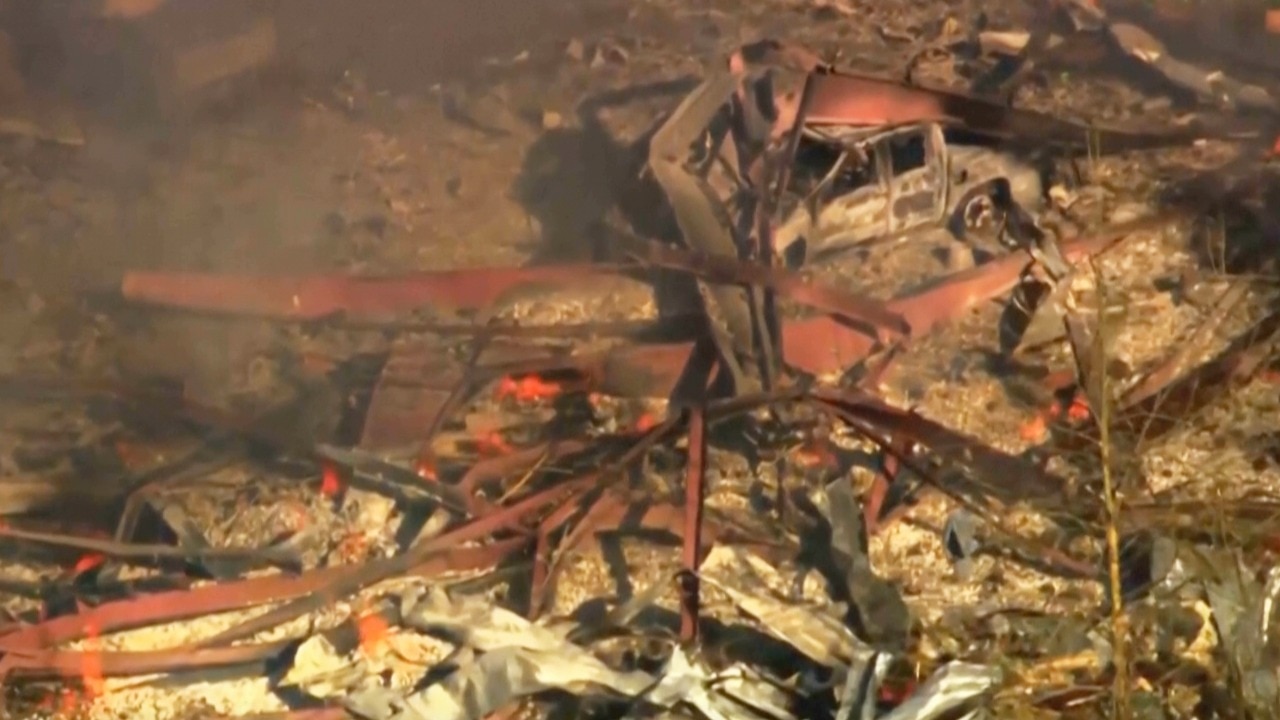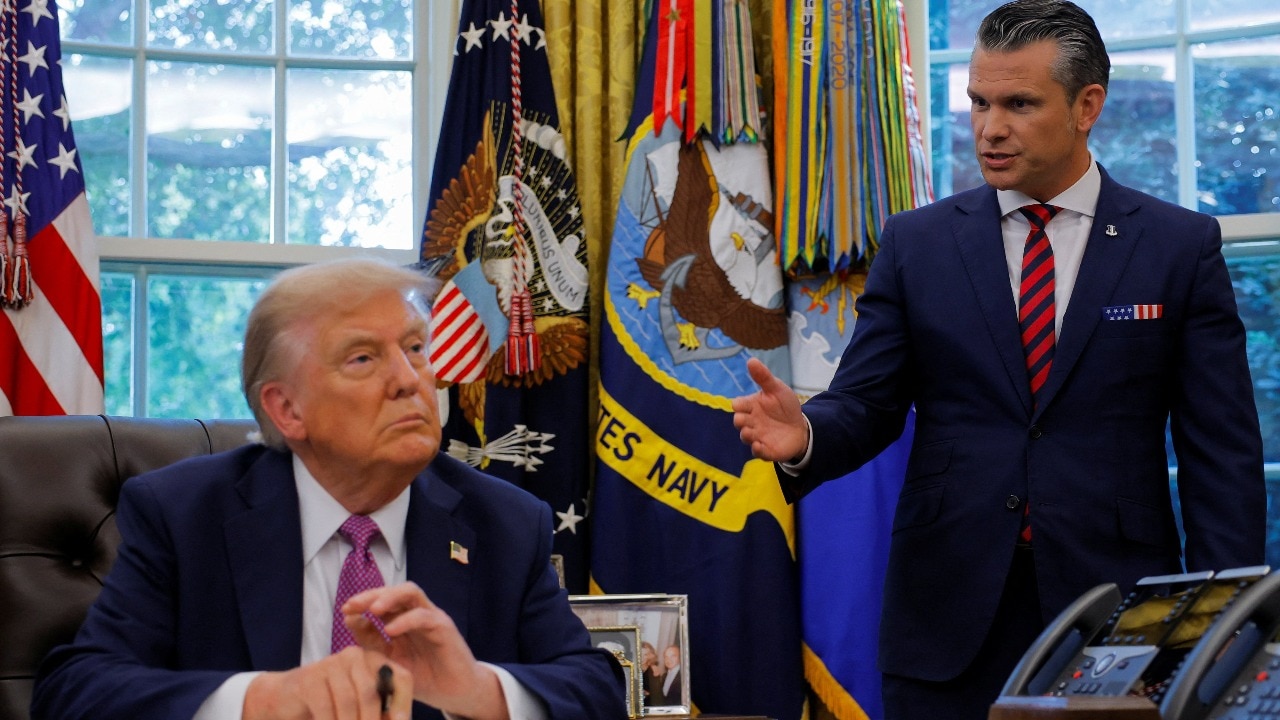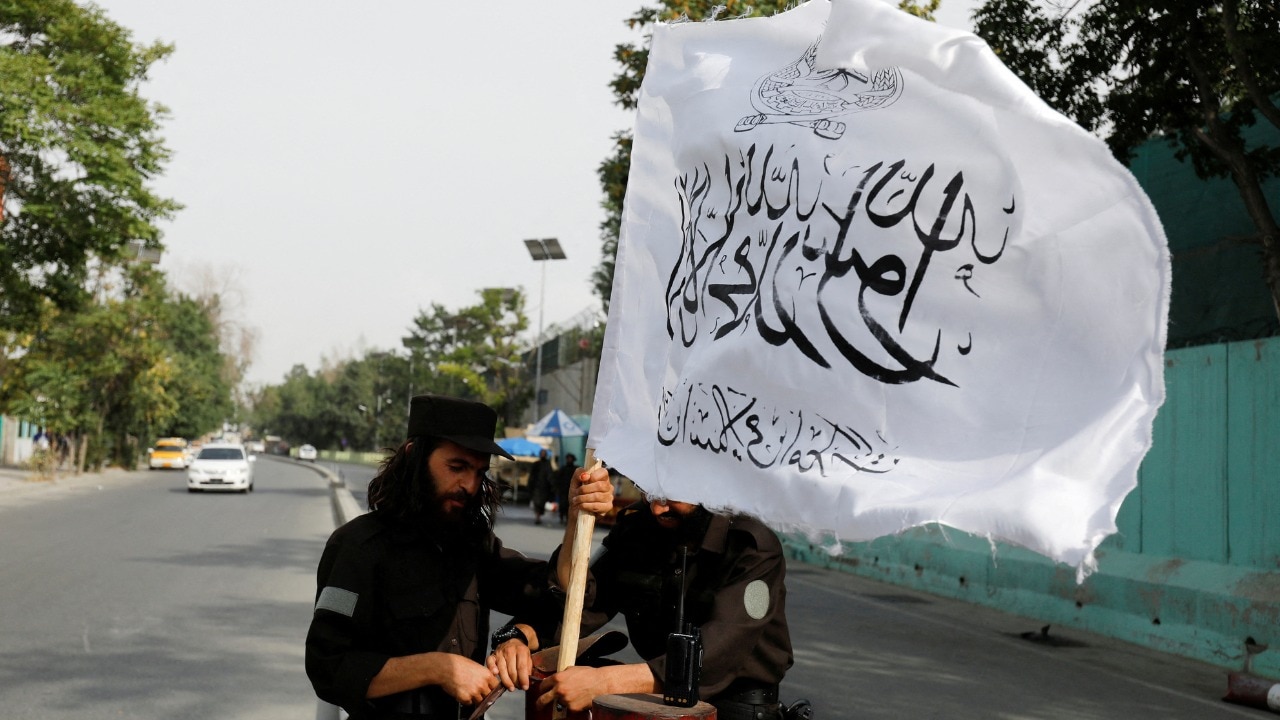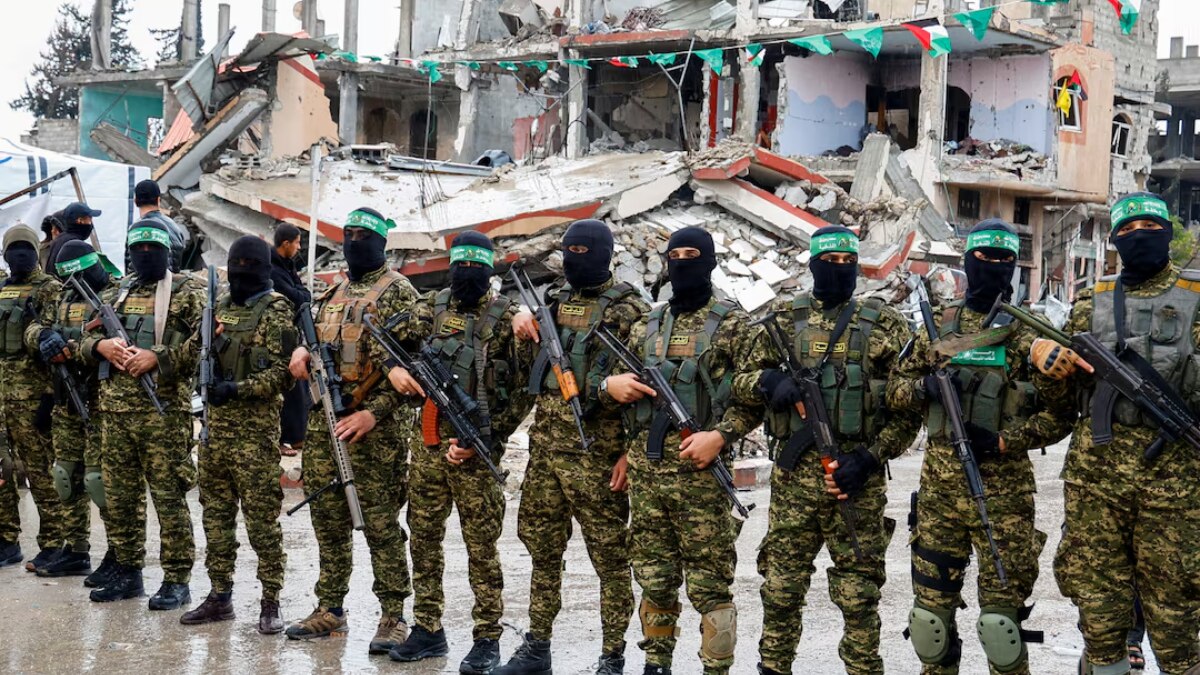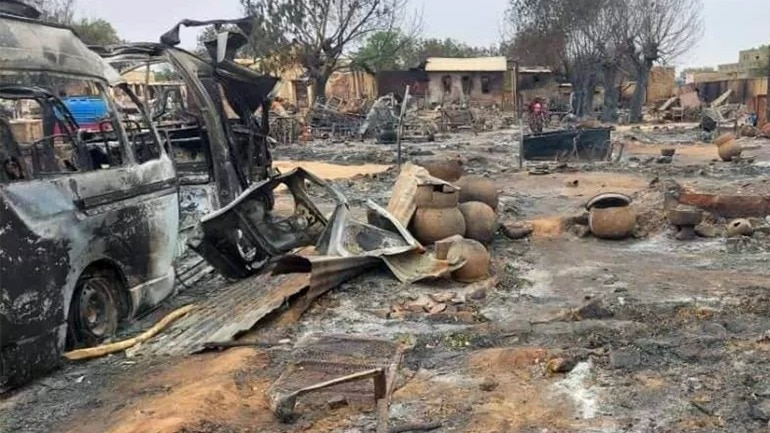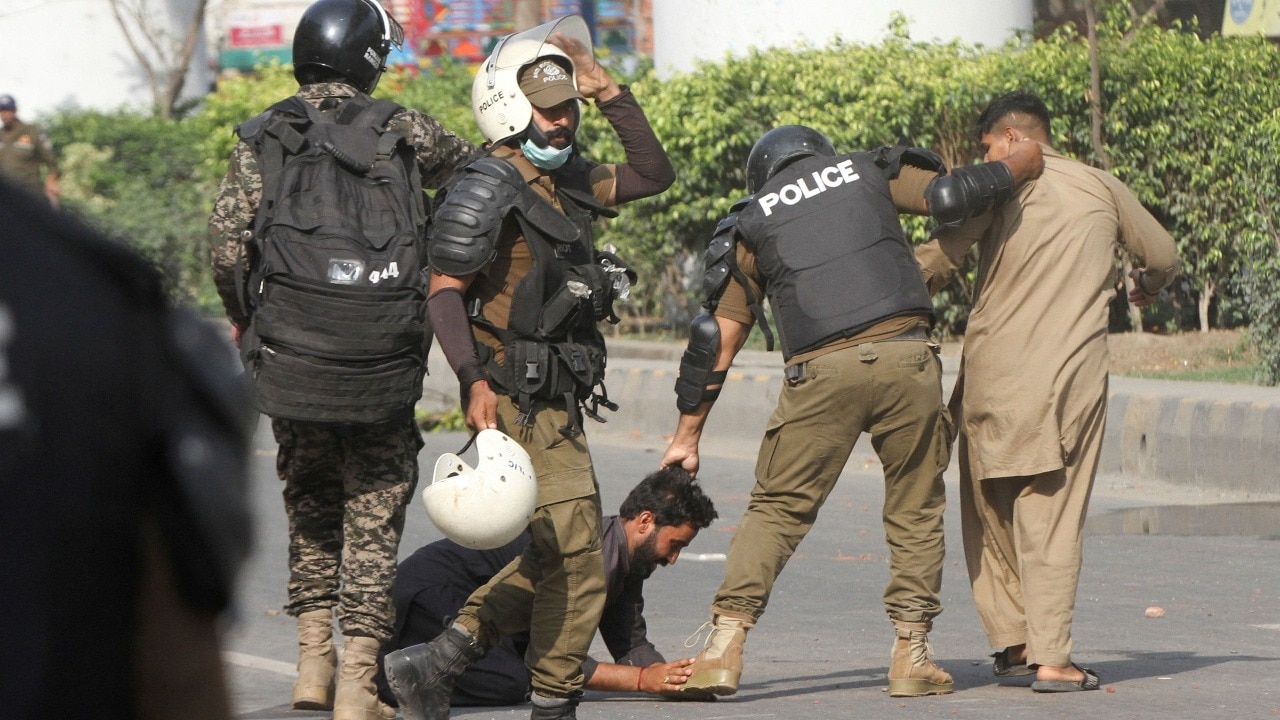Last Updated:August 18, 2025, 09:48 IST
From red-carpet optics to Trump’s shift on ceasefire and sanctions, the Anchorage meeting left Putin with quiet wins while Ukraine took comfort in the absence of a land-swap deal

US President Donald Trump and Russian President Vladimir Putin in Alaska. (Reuters)
When Russian President Vladimir Putin touched down in Anchorage, it was not the arrival of an indicted war criminal but the grand entrance of a global statesman. The images were striking: simultaneous arrivals of Russian and US jets, a red carpet, and Donald Trump greeting the Russian leader with smiles before they climbed into the US presidential limousine together.
For Ukrainians, who have endured over three years of missile strikes, trench battles and displacement, the images looked like a worst-case scenario unfolding in real time. Would America, Kyiv’s most important backer, legitimise the man trying to dismantle their state?
Yet the summit ended abruptly, with no joint press conference and Trump conceding there was “no deal." On the surface, this looked like a stalemate. But the absence of a breakthrough did not mean the summit was meaningless. In fact, Putin managed to walk away with several advantages, even without signing anything.
Putin’s First Victory: Optics Of Legitimacy
For a leader shunned by most of the Western world, simply appearing on equal terms with the US president was a triumph. Russian state media seized on the imagery of bombers overhead and the red-carpet reception as proof that Russia remains indispensable in global affairs.
This matters domestically and internationally. Inside Russia, it allows the Kremlin to reassure its citizens that sanctions and isolation have not reduced their country’s standing. ly, it complicates Western efforts to keep Russia diplomatically boxed in. By being treated “like an honoured guest on American soil," as Time put it, Putin can argue to other nations, especially in Asia, Africa and Latin America, that Russia is not a pariah but a power with which even the US must engage.
This symbolic rehabilitation was arguably Putin’s biggest win. No sanctions package or battlefield gain could have matched the propaganda value of being treated like an honoured guest in the United States.
Shifting The Terms: From Ceasefire To ‘Final Peace’
The biggest policy shift of the day came on the ceasefire question. In the run-up to Anchorage, Trump had publicly threatened “severe consequences" if Putin refused to halt his offensive, signalling that Washington might escalate sanctions pressure. But by the time he left Alaska, CNN noted, Trump had effectively abandoned that line, embracing Moscow’s preferred approach: skip a ceasefire and head straight into talks for a broader “final peace."
This framing matters. A ceasefire would have frozen fighting and given Ukraine a desperately needed pause from missile and drone barrages that have devastated its cities. By contrast, a “final peace" framework allows Moscow to continue its offensive while drawing negotiations out for months or even years. Analysts point out that Russia has used this tactic before, talking peace while fighting on, as seen in Minsk I and Minsk II agreements after 2014.
Relief From Pressure: No New Sanctions
Another major outcome lay in what did not happen. In the weeks before the summit, Trump repeatedly threatened to expand sanctions, including secondary penalties on countries buying Russian oil. Those threats, according to analysts, may have compelled Putin to come to Alaska. Yet after the meeting, Trump downplayed the need to act, telling Fox News: “Because of what happened today, I think I don’t have to think about that now."
This reversal gave Moscow space to keep financing its war machine. By escaping new economic punishment, Putin bought time for Russia’s economy and war effort, even without conceding anything concrete in Anchorage.
Ukraine’s Uneasy Relief At ‘No Deal’
For Kyiv, the summit brought a paradox. The worst-case scenario, a Trump-brokered territorial concession, did not materialise. European officials told CNN they had feared that Putin would press for Ukraine to yield the roughly one-third of Donbas not yet under Russian control in exchange for freezing frontlines in Kherson and Zaporizhzhia. Such a deal would have forced Ukraine into what President Volodymyr Zelenskyy has repeatedly called an “unacceptable surrender."
Instead, Trump phoned Zelenskyy after the summit, in what the Ukrainian leader described as a “long and substantive" conversation, and invited him to the White House on Monday. That invitation reassured Kyiv that its seat at the table still mattered. But relief was tempered by anxiety. Trump’s willingness to align with Moscow’s “final peace" framing raised fears that future negotiations could bring renewed pressure on Ukraine to concede territory.
Europe’s Mixed Reaction
In Europe, the response was guarded. Leaders had engaged in frantic pre-summit diplomacy, including a video meeting chaired by German Chancellor Friedrich Merz, to discourage Trump from cutting a deal over their heads. After Anchorage, Merz said Trump had “largely shared" European views. But the word “largely" carried ambiguity. While Trump did not force a land swap, his readiness to abandon the ceasefire-first principle and his vague talk of security guarantees unsettled allies.
For NATO, the risk is not just tactical but strategic. If Washington drifts towards Moscow’s framing of the war, transatlantic unity could fracture, with Europe forced to sustain support for Ukraine while doubting US resolve. As CNN noted, for Putin, even this hint of divergence among Western allies amounts to a strategic dividend.
The Personal Dynamic: Flattery And Manipulation
Perhaps Putin’s most subtle victory came in the personal theatre of the summit. He praised Trump’s second term, reinforced Trump’s claim that the Ukraine invasion would “never have happened" under his presidency, and even echoed Trump’s complaints about mail-in voting.
Trump responded with visible satisfaction, later telling Fox’s Sean Hannity he was “so happy" with Putin’s validation. For critics, it was another example of how easily Putin flatters his counterpart. Analysts warned that Trump’s preference for optics and chemistry over preparation left him vulnerable to manipulation. Jim Townsend, former US deputy assistant secretary of defense for European and NATO policy, told CNN before the summit that Trump “likes the meringue on top. And I think that’s how you can be manipulated."
Trump’s Empty Hands
By his own pre-summit standards, Trump left Anchorage short. Ahead of the summit, he had promised some form of ceasefire, hinted at fresh sanctions, and told Fox News he “won’t be happy if I walk away without" progress. Instead, his post-summit boast was that “the meeting was a 10 in the sense that we got along great."
Former acting CIA director John McLaughlin told Time that Putin “would not come improvisationally," and warned that Trump needed clear objectives. The contrast was evident in Anchorage: Putin stuck to his script, while Trump leaned on chemistry and optics. The result was a summit long on spectacle but short on substance.
The Nobel Obsession And The Road Ahead
One reason Trump may persist in his peacemaking push is personal ambition. He has long coveted the Nobel Peace Prize, and several countries, including Israel under Benjamin Netanyahu, have even nominated him in the past. Le Monde reported that Trump even cold-called Norwegian officials about the award. The Alaska summit, however, underscored how far he is from that legacy.
The next key moment will be Zelenskyy’s White House visit. If Trump wants to maintain credibility as a would-be peacemaker, he may eventually need to reapply pressure on Putin through sanctions, military aid, or removing restrictions on Ukraine’s use of US-supplied weapons. For now, though, there is little sign he is willing to do so.
Conclusion: A Summit Of Optics, Not Outcomes
The Alaska meeting will be remembered less for what was agreed than for what it symbolised. Putin walked away with restored legitimacy, relief from sanctions pressure, and an American president echoing his preferred framework for talks. Trump left without the ceasefire he had demanded, with European allies unconvinced, and with Ukraine still wary of what concessions might come later.
For Kyiv, “no deal" was better than a bad deal. For Putin, “no deal" was still a win. And for Trump, the self-declared “President of Peace," Alaska reinforced how difficult it is to convert theatrics into results.

Karishma Jain, Chief Sub Editor at News18.com, writes and edits opinion pieces on a variety of subjects, including Indian politics and policy, culture and the arts, technology and social change. Follow her @kar...Read More
Karishma Jain, Chief Sub Editor at News18.com, writes and edits opinion pieces on a variety of subjects, including Indian politics and policy, culture and the arts, technology and social change. Follow her @kar...
Read More
August 18, 2025, 09:48 IST
News explainers Alaska Summit Takeaways: Putin’s Gains, Trump’s Setbacks, And Kyiv’s Uneasy Relief
Disclaimer: Comments reflect users’ views, not News18’s. Please keep discussions respectful and constructive. Abusive, defamatory, or illegal comments will be removed. News18 may disable any comment at its discretion. By posting, you agree to our Terms of Use and Privacy Policy.
Read More

 1 month ago
1 month ago
